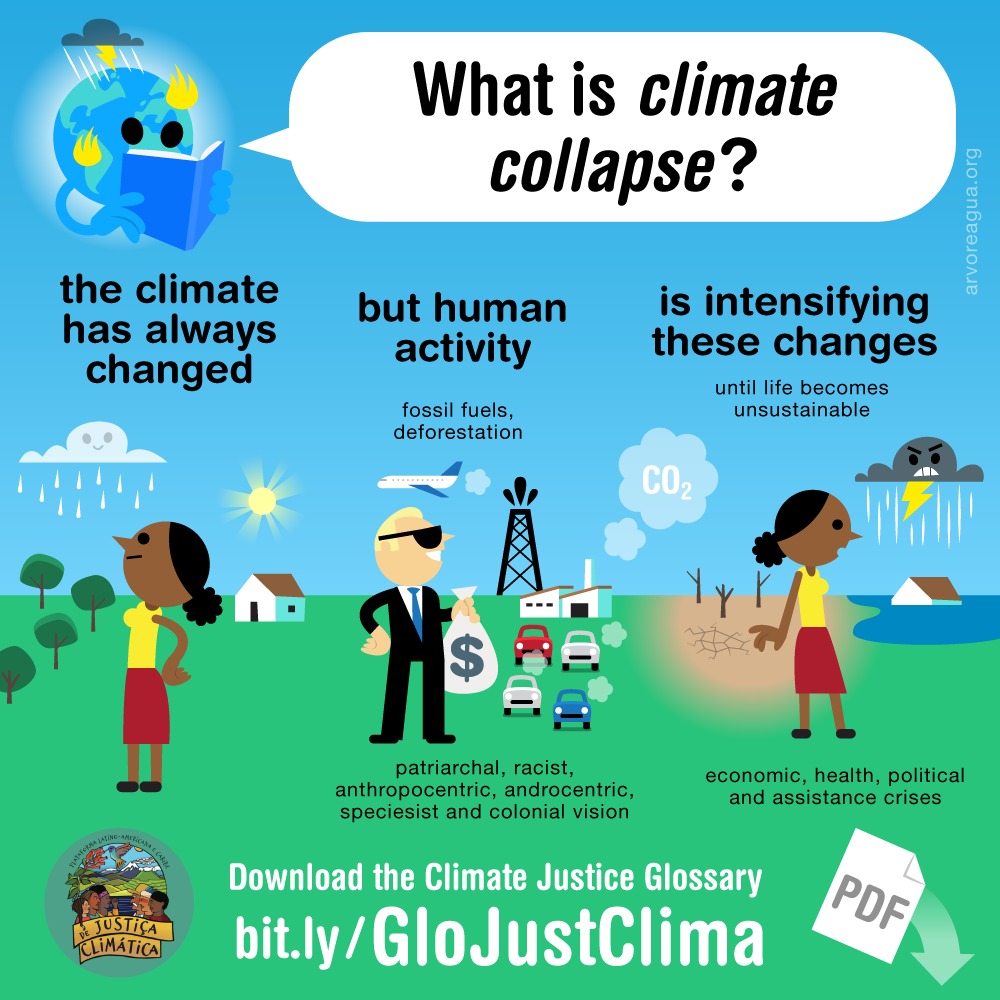
REDUCING EMISSIONS FROM DEFORESTATION AND FOREST DEGRADATION (REDD) – One of the many environmental functions of trees and bushes in their growth is to take in carbon. When a tree is cut down, this carbon is released in the form of CO2 emissions. Therefore, forest degradation and deforestation are a key contribution to climate change. During Cop13, held in Bali, the 2007 United Nations Climate Change Conference acknowledged REDD as an instrument to fight climate change, which has not improved the situation but instead worsened it.
REDD+ mechanisms only seek to emit less of what was originally contemplated in the deforestation process.
This idea poses different problems:
1. Forests, barely viewed as carbon sewers, possess vital functionings for cultures and ecosystems which are completely neglected: if a tree is only useful to store carbon, then a monoculture forest, or also known as green desert, devoid of diversity and hazardous for water and soil, is as valuable as a mixed-species and lively forest which fulfils its carbon-related cycle but, of utmost importance, it also helps regulate water flows, maintaining biodiversity, and ensuring soil health, among others.
2. In many cases, REDD+ functioning privileges important polluting firms (also referred to as carbon cowboys) and speculators inasmuch as the value of a forest is calculated according to the amount of carbon it has stored and, in this way, carbon becomes goods. REDD is a convoluted mechanism. In simple terms, REDD works as follows: a buyer of carbon credits offers a community (generally, indigenous owners or carers of forests) an offset permit for not destroying the lands they were not even considering to damage but were already preserving. This offset takes the form of cabon permits to be used by polluters or as a financial asset. To achieve REDD’s goal, agreements are signed, sometimes they are secretive and written in languages not even spoken by the communities involved, and other times these permits are valid for up to 100 years with the possibility of postponement.
3. REDD+ transforms cultural relations between peoples and Nature by depriving them from connecting medicine, food, home and spirituality with their territory.
4. Forests under REDD+ contracts are valuable in terms of carbon credits, just a disguise to continue polluting. For example, an oil firm, which buys a certain number of carbon credits from a forest already preserved using traditional methods, obtains ‘licences, permits or certifications’ to emit a similar amount of GHG in any part of the planet. Therefore, it is clear that REDD does not help fight climate change and its actions constitute a violation of territorial rights of forest owners, the forest carers–who truly understand the essential contribution of mangroves, rainforests, peatlands, woods and others to the complexity of life on Earth.
5. Projects like REDD+ violate the rights of nature on the grounds that they prohibit traditional use of forests, biodiversity cannot be recreated, and allow CO2 emissions to be released, contaminating water and destroying biodiversity.
Download the Climate Justice Glossary:



